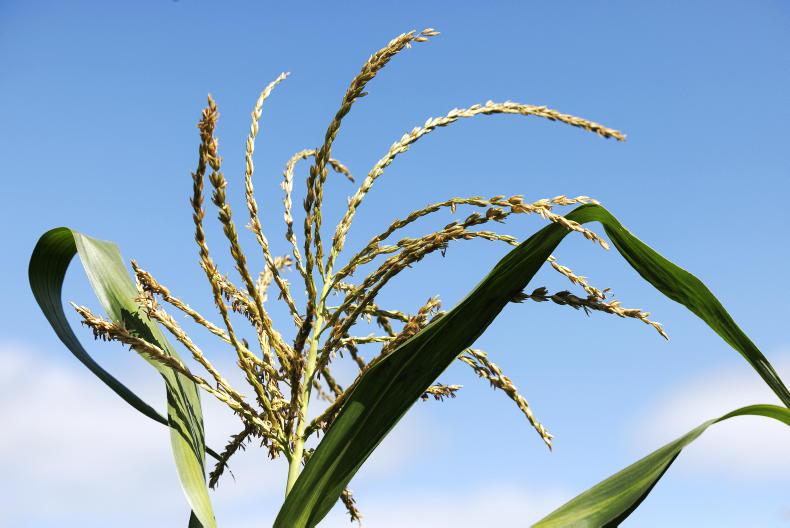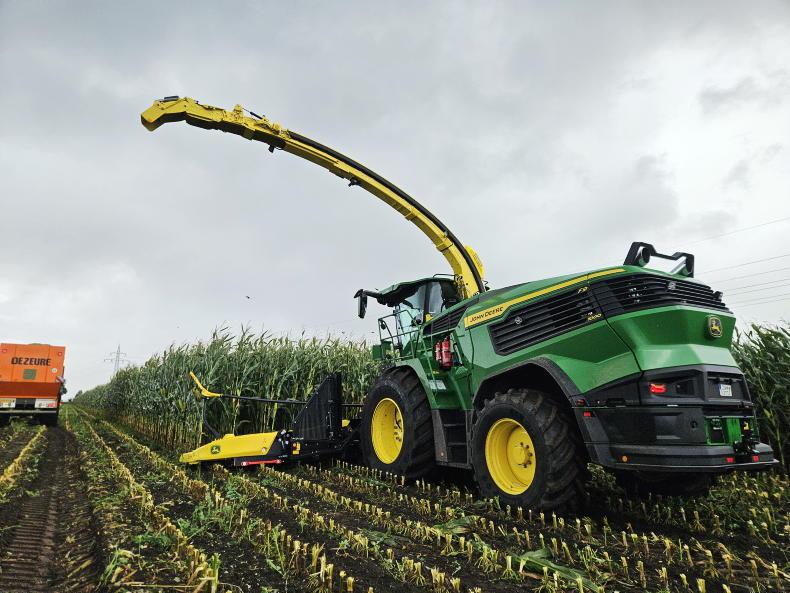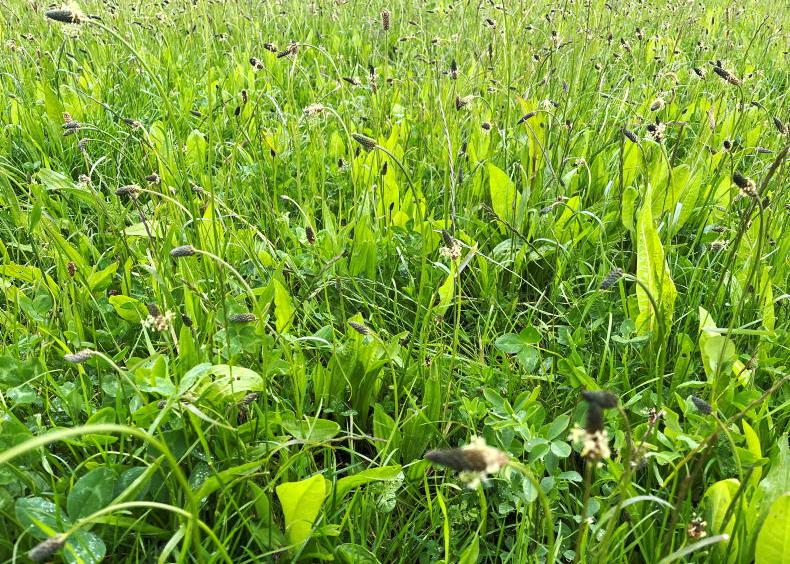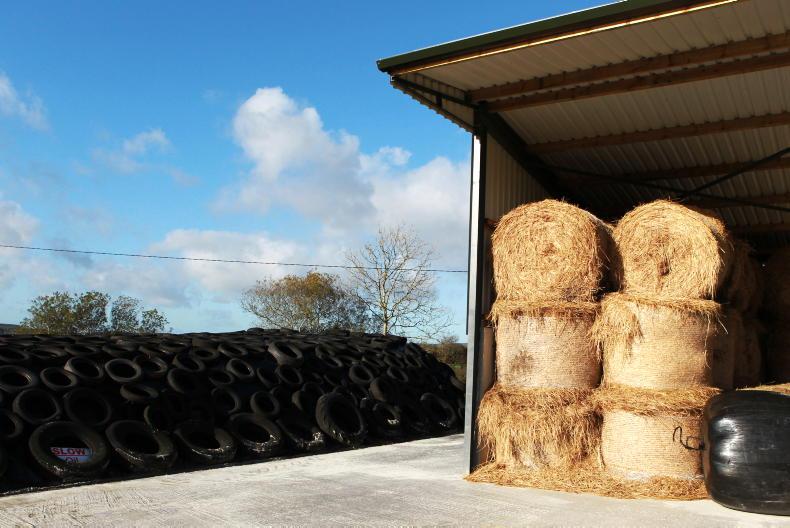Speaking to people across the tillage industry this week, there seems to be increased interest in forage crops.
Tillage farmers are talking about putting in extra maize and beet than they normally would and members of the trade are reporting a number of queries on arable silage.
As spring sowing has been delayed and winter planting was lower than normal in many areas, it may make sense for those still planting to move some area to forage crops to divide out the workload for the remainder of the season and at harvest time.
End user
The first thing farmers should have before planting forage crops is an end user or a customer.
Some might use the crop themselves and save on purchased inputs later on in the year.
Fodder stocks are low on many livestock farms, as reserves were eaten into, but we should not assume that farmers will purchase extra maize and beet if it is planted.
Tillage and livestock farmers need to approach each other to see if fodder is needed or if someone is willing to grow that fodder. It is essential that payment terms are agreed and that some money is placed as a deposit before planting.
Options
Fast-growing crops such as forage rape and stubble turnips will be options after winter cereals are harvested and should be on people’s minds as well where there are fodder deficits.
Last week’s National Fodder and Food Security Committee meeting reported that the east and south of the country were very tight on dairy farms and that there is a risk to feed supply, particularly if there is a drought in the summer.










SHARING OPTIONS